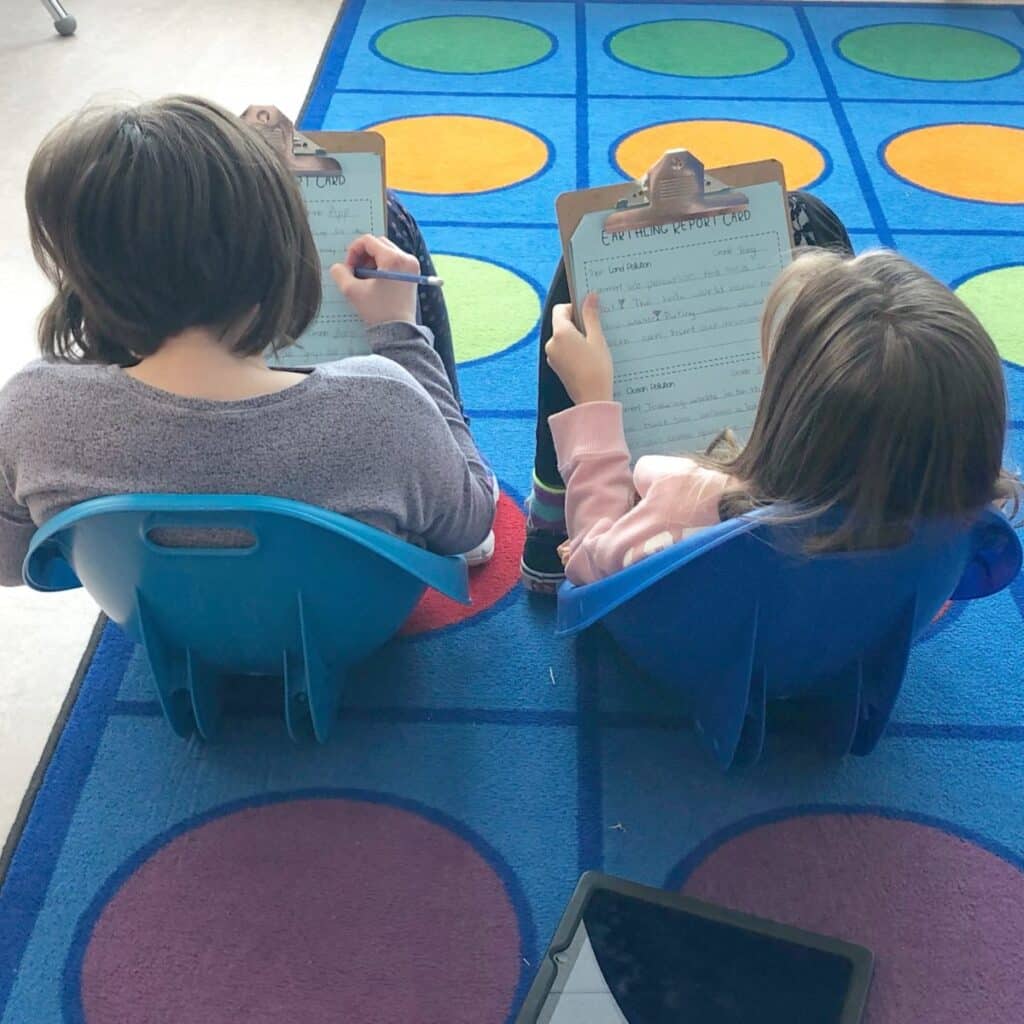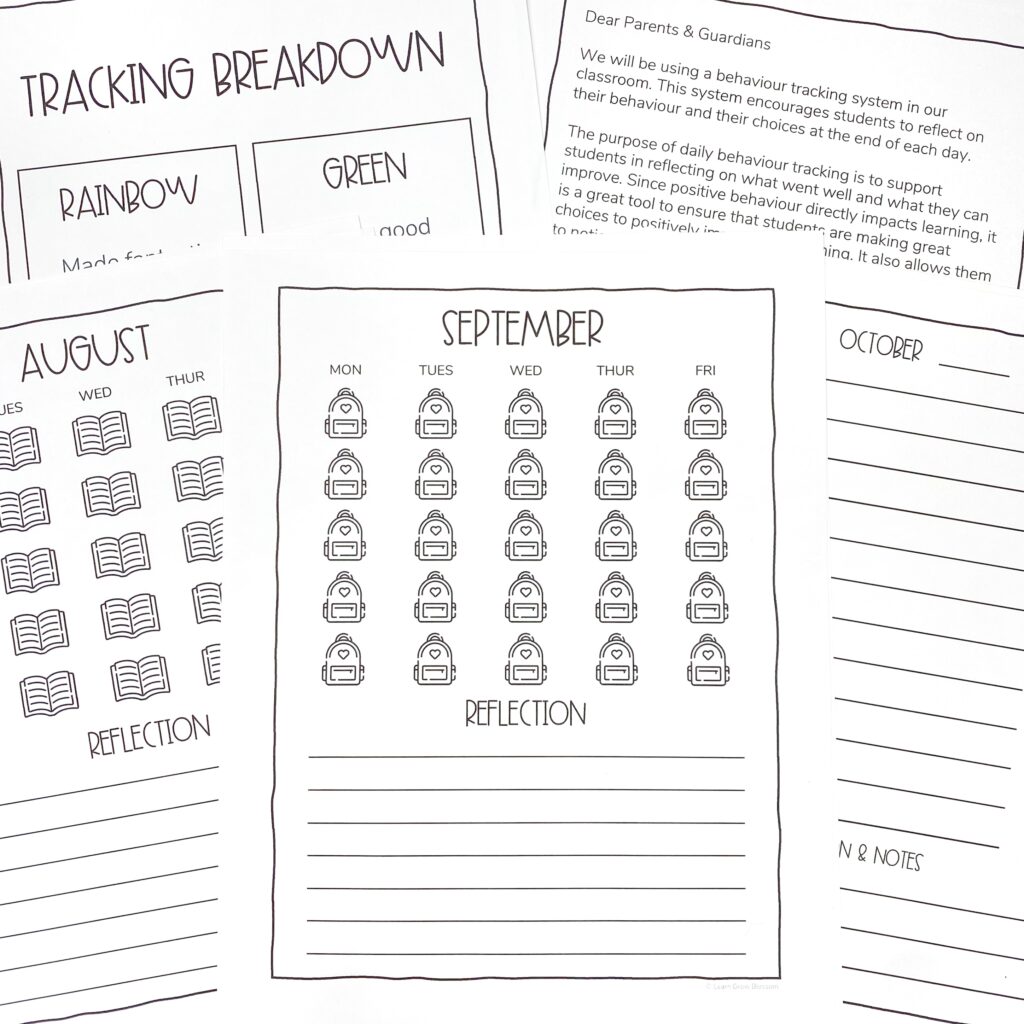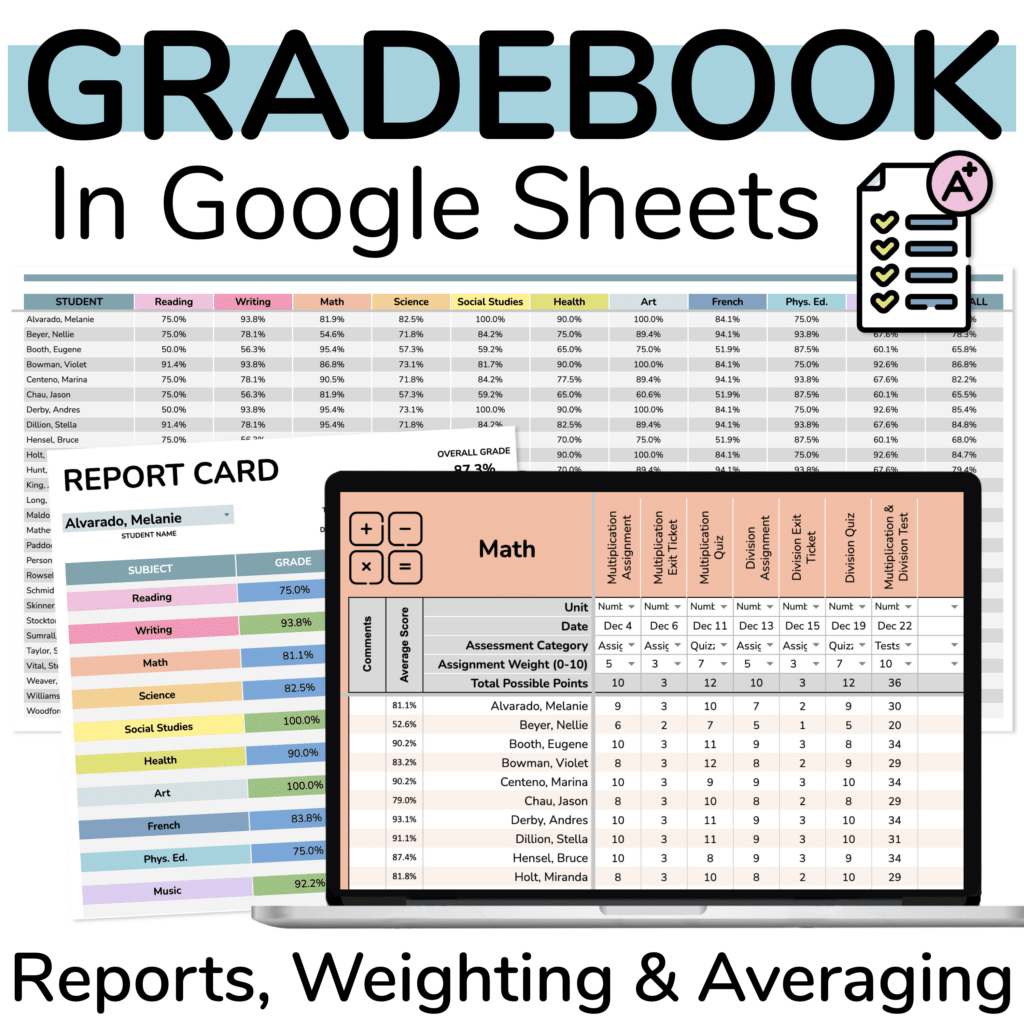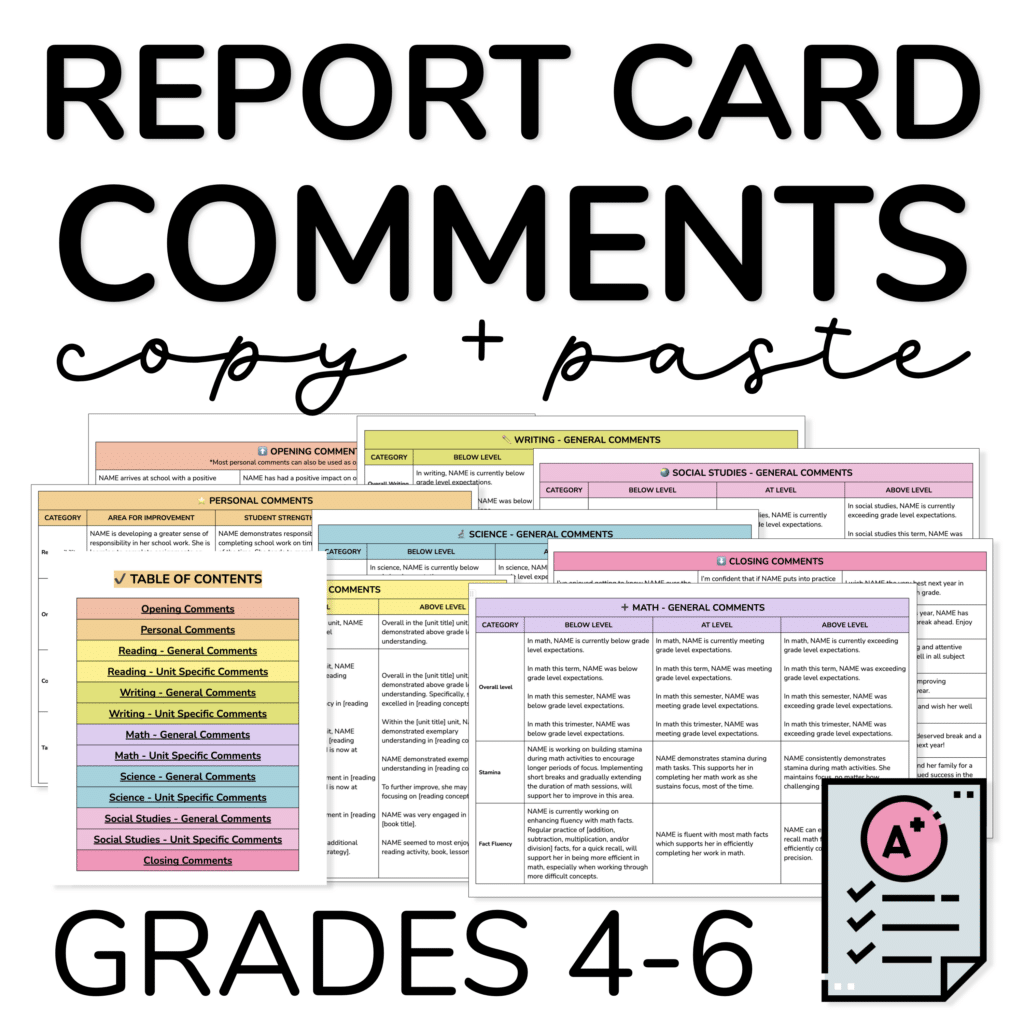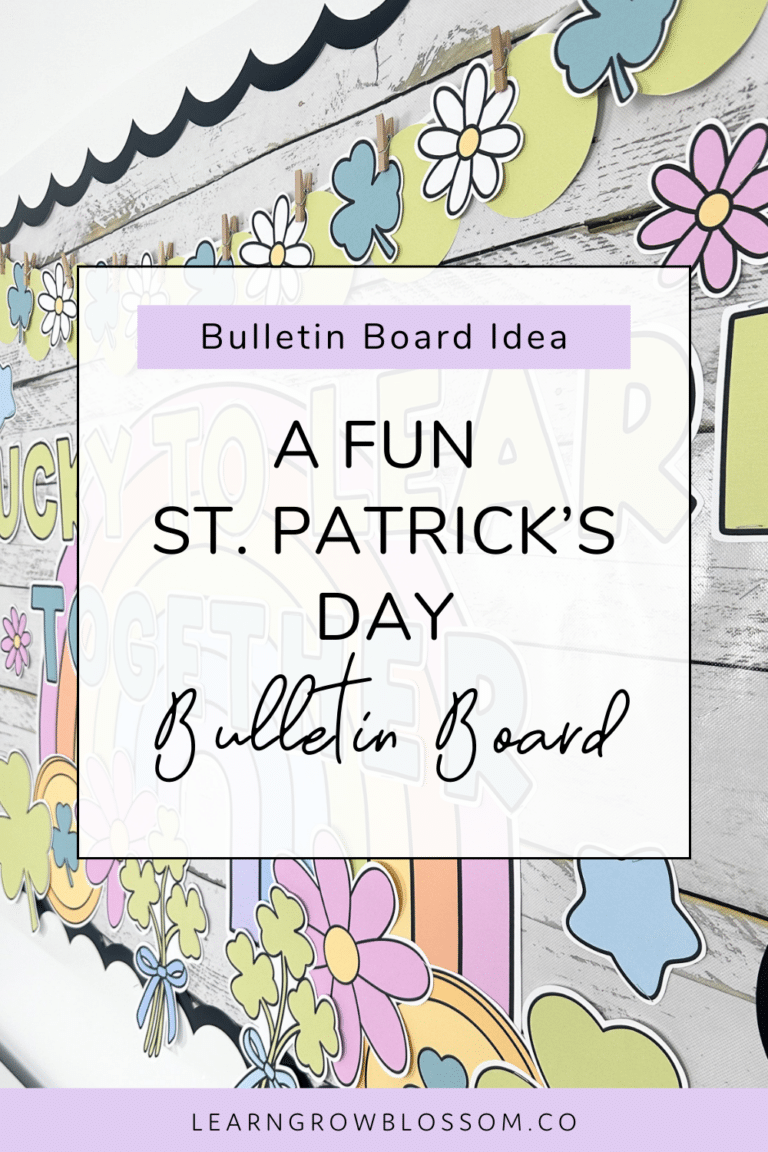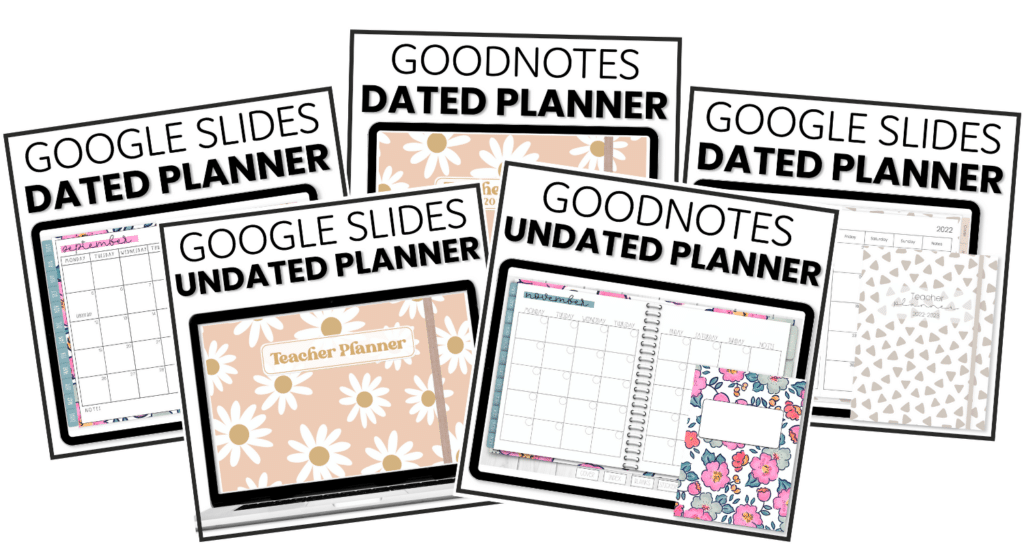I love incorporating Daily 5 CAFE in my third grade classroom. I started implementing Daily 5 CAFE in my second year of teaching and haven’t looked back. After reading Daily 5: Fostering Literacy Independence in the Elementary Grades by Gail Boushey and Joan Moser, I had the opportunity to see the two sisters’ Daily 5 CAFE conference in Edmonton, AB. There are so many things that I love about this sacred time in my classroom: the power of choice, teaching with mini lessons, fostering independence, and being able to confer one on one with students every day.
The Power of Choice
Daily 5 CAFE is all about empowering students through giving them choices. They make a choice for each round and choose where they will sit. The choices are: 1) Read to Self, 2) Read to Someone, 3) Work on Writing, 4) Word Work, and 5) Listen to Reading.
Each round begins by having students tell me what their choice is. This process, once practiced, is short and sweet. These responses are recorded on a check in sheet. I ask students to have their choices ready so that this process takes a maximum of two minutes. Sending them off to start rounds this way staggers the amount of students that are getting up and choosing spots. I find that giving students choice helps with engagement because if they chose it, they should be motivated to do it.

Before I did flexible seating, Daily 5 was a time that students could choose for themselves where they would work best. This is what got me thinking about switching to flexible seating because if they could do it so well during Daily 5, why wasn’t I allowing them to do it for all the parts of their day?
At the beginning of the year, I review seating expectations by talking about how different spots should be used and how to solve conflicts. We also talk about how to pick a “good working spot” and how an adult will help them choose a “good working spot” if they are not getting their work done. You can see my post on flexible seating for more information on how I structure it.

Launching Daily 5 CAFE and Building Stamina
The First Day
I start out every year by helping my students to build their stamina in Daily 5. I follow the lessons that the two sisters recommend in their book to get Daily 5 up and running. After we choose books for our book boxes, I start by introducing Read to Self. I outline the expectations using anchor charts for each of the five choices. Click here to see the Daily 5 CAFE posters that I use. A student models desired behaviour (getting their book box, finding a spot, starting right away, reading the whole time… etc). Then, I have a student model non desired behaviour (taking their time to find a spot, not reading the whole time, etc.) Next, I have a student model desired behaviour again. This is important so that the last image they have in their mind is what you want them to do.

After these “demos” I call out their names one by one so we can practice making their choices (even if they are all just doing Read to Self). This helps dismiss them one at a time to avoid a traffic jam. Once every student is started, I start the timer. I DO NOT intervene during this time. I don’t read with any of the kids, yet, so that they can practice being completely independent.
Once a student stops reading (and they don’t get back to it within 20-30 seconds), I stop the time and we meet at the carpet. I do not remind them to get back to reading since this causes them to rely on me instead of building stamina. When we check in at the carpet, I share their “stamina record” and then we discuss how the round went. Then, I do the same process again. I like to graph our stamina times so that we can make goals around building it.
The Following Weeks
Once our stamina is growing and they are able to do Read to Self for more then 10 minutes (the time depends on the class and grade) then I start introducing Work on Writing. I go through the choices by adding one choice at a time and introducing it in the same way. After a few weeks of focusing on building stamina, I start to confer one on one with students.
When students are consistently reading for roughly 20 minutes, I stop timing them BUT if they get off track and break stamina, then I will end the round and we discuss. Once we hit October/November, I rarely have to stop a round due to them breaking stamina because they’ve practiced the expectations and they are ingrained.

Fostering Independence
I love launching Daily 5 CAFE on the first day of school because it teaches them skills that I want them to transfer to other parts of our day. It teaches them to be independent and be able to work on something for a sustained amount of time. It also teaches them to be able to do something on their own and to problem solve. I am adamant that they cannot get up to come to me or to raise their hand during Daily 5, unless there’s an emergency. Since I’m working with students one on one, that time is sacred. Teaching them this independence helps them across the entire school day.

Conferring with Students
I love getting to sit with my students, one on one, and help them with their literacy skills. This looks different for every child. Sometimes I’m helping them brush up on their letter and digraph sounds. Other times, I’m looking up unknown words with a student to expand their vocabulary. With some students, I am listening to them read and then working through comprehension questions. It looks different for every student and I LOVE THAT! While I confer with students, I also check in to see if they are using the strategies that we are learning during our mini lessons. This one on one time is especially special to me at the beginning of the year since it gives us time to get to know each other.
I take notes during conferences as I like to be able to review so I remember what we worked on last time. These notes also come in handy during report card writing season or when I meet with parents. My first three years of doing Daily 5 I use the CCPensieve that the two sisters created. I liked using it but I found that I preferred to take quick jot notes in a notebook instead of carrying my laptop around. I do miss being able to access my notes from anywhere, though. Now I have a notebook that has a tab for every student.
The other part that I love about conferring is having the flexibility to meet with students that need adult support, more often. For example, I had a student who was reading at a grade one level in grade three. I met with her almost every single day to ensure she was getting the practice and support she needed. By meeting daily, she made INCREDIBLE growth. I’m confident that I wouldn’t have been able to give her the same support if I was doing guided reading.

Teaching Mini Lessons
Between each Daily 5 round, I teach a mini lesson. I strive for a balance of Comprehension, Accuracy, Fluency, and Expanding Vocabulary mini lessons. Lessons are tailored based on what I am noticing as I read with my students during my conferences and class discussions as we do read alouds together.
My daily literacy block is 90 minutes long. This is how I break it up into three rounds of Daily 5 CAFE:
Mini Lesson – Writing
Round 1
Mini Lesson – Reading
Round 2
Mini Lesson – Reading
Round 3
During my first mini lesson, I do a “mini writers workshop” in which I give students an assignment to work on during one of their rounds. When their assignment is complete they can free write during Work on Writing. I mainly use two resources for my writing instruction. The first is Don’t Forget to Write for Elementary Grades by 829 National and the second is Jennifer Serravallo’s The Writing Strategies Book: Your Everything Guide to Developing Skilled Writers.
For reading mini lessons, I teach strategies from The CAFE Book: Engaging All Students in Daily Literacy Assessment & Instruction by Gail Boushey and Joan Moser as well as strategies from Jennifer Serravallos’s book entitled The Reading Strategies Book: Your Everything Guide to Developing Skilled Readers.

What Do You Think?
I’d love to hear from you! Do you do Daily 5? What is your experience with it? Have you considered trying it but don’t know where to start? I’d love to chat!
Comment below or reach out via instagram or email.






